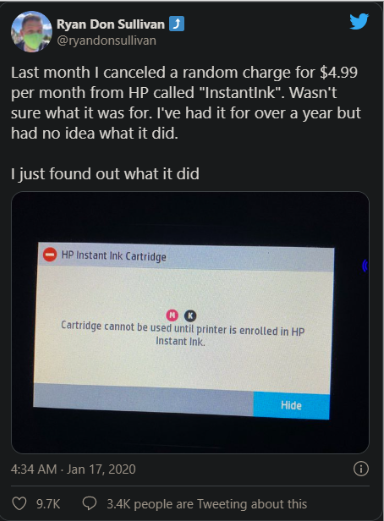The Right to Repair and Climate Justice
By Keduse Bekele for BST 293 A - Social Justice in STEM
The Right to Repair is a movement that intends to restore product ownership to consumers.
In the 20th century, many electronics and appliances came with repair manuals; and for anyone who requested it, schematics were also available to understand how the components on a circuit interact in order to do low-level repairs.
Today, finding repair manuals that come with a product or are available is something that has become increasingly slim. On top of that, obtaining schematics have become near impossible due to non-disclosure agreements and copyright laws.
Consequentially, manufacturers that make devices have the final say in whether or not a device can be repaired, who can repair them, and how much a repair costs -- no matter what is actually wrong with it.
It's not just repair, though. This also extends to how you use the device, even though you "own" it.
- Keurig designed their coffee machines so that only the new pods that they designed would work on them. (Get around Keurig DRM restrictions - Jennifer Abel)
- HP designing their printers to only accept HP-branded ink, and disabling printers' ink cartridges if they cancel a subscription that they got that ink through. (My Printer is Extorting Me - Charlie Warezl) (Why HP can do this)
-
Apple intentionally slowed down older iPhones with zero transparency as their batteries aged to try to make battery last longer. A proper fix/repair would be to replace the battery. (A Complete History of Apple Throttling iPhones - Arthur Shi)
-
John Deere tractor had an alarm sounding every 10 minutes to signify a problem with a feature that the farmer never used. Farmer had no way to silence alarm without spending hundreds to call an authorized specialist or thousands to tow the tractor to a service center. (Why Nebraska farmers are taking on John Deere and Apple - Olivia Solon)
These companies aren't the only offenders of what should be consumer repair and ownership rights. This is anywhere software is used, and as more devices join the Internet of Things (IoT), it will become even more of an issue.

Ryan Don Sullivan / Twitter (now X)
